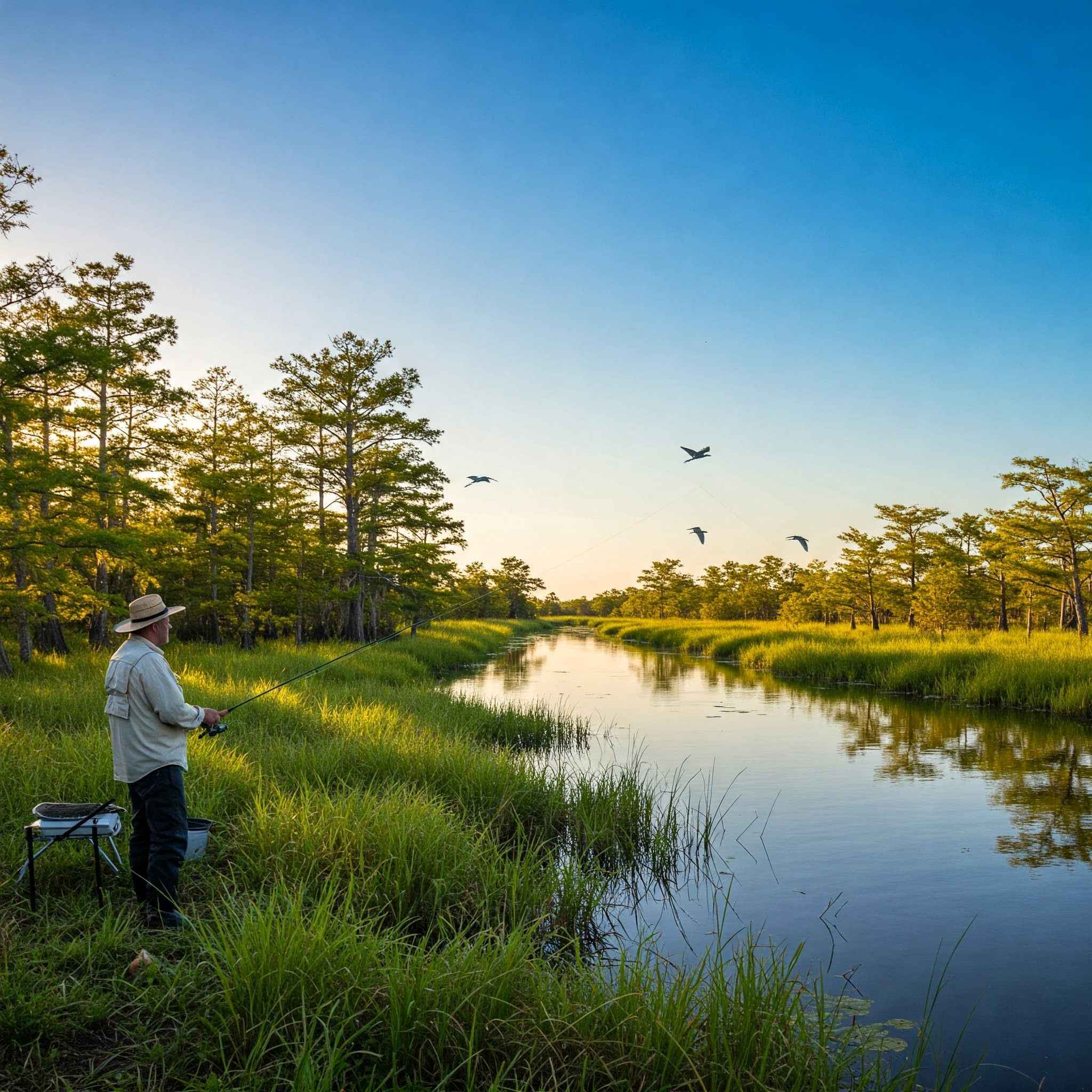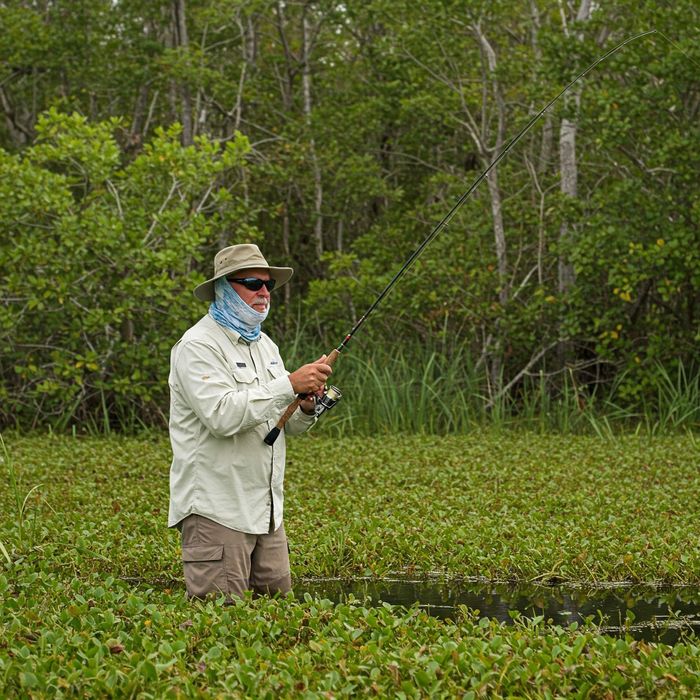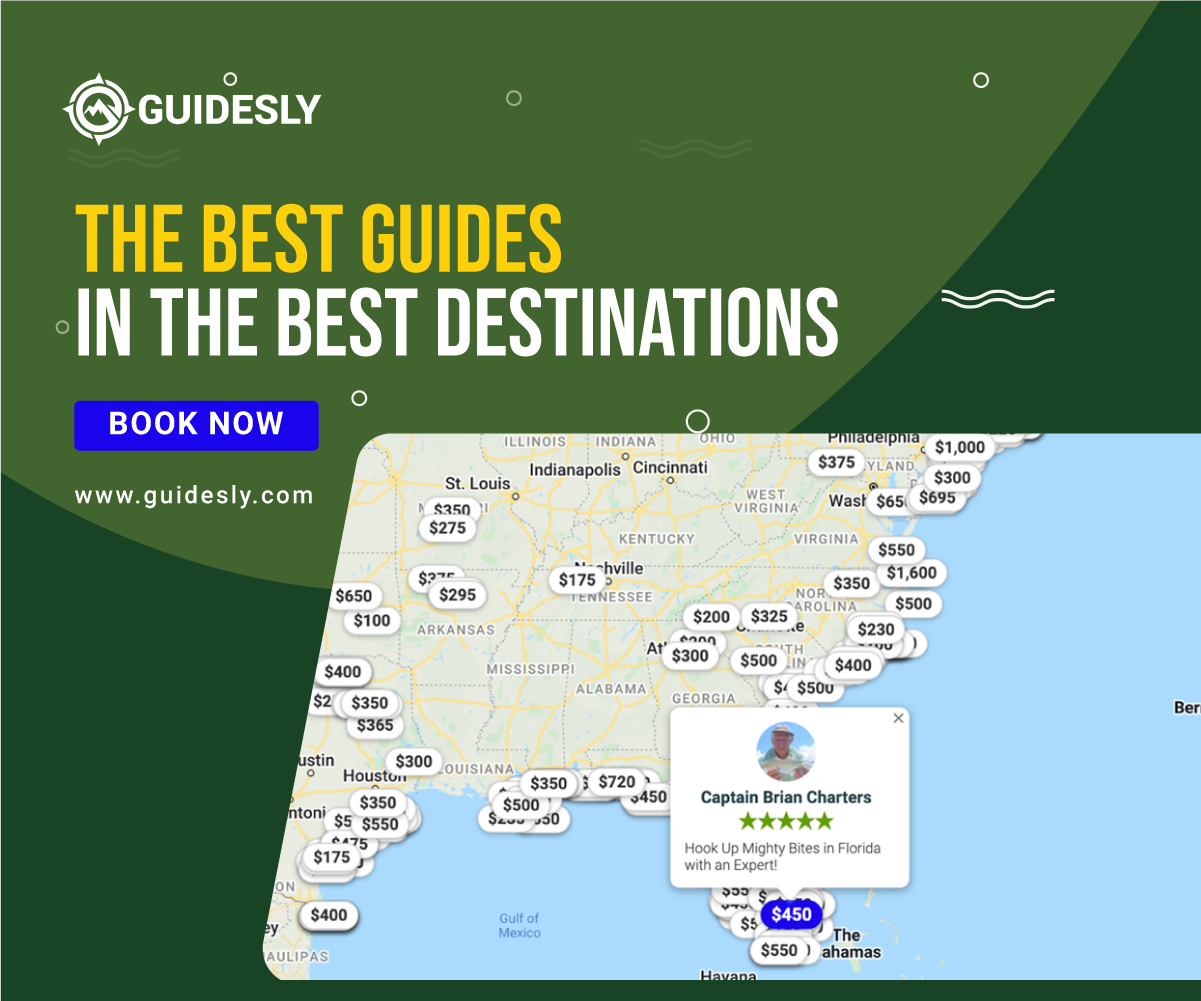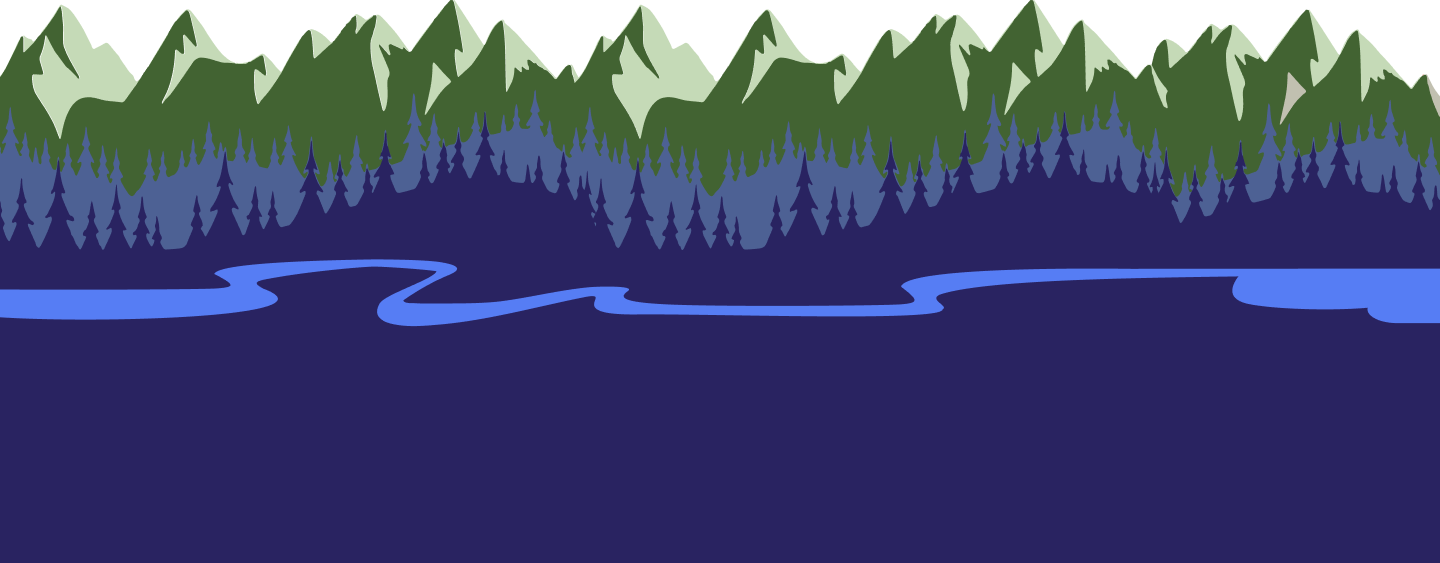Everglades Freshwater Fishing: Your Ultimate Guide to Catching Bass & More
Unlock the secrets to freshwater fishing in the Everglades! Discover expert advice, recommended gear, and the best boat for your Everglades fishing adventure.

Imagine casting your line into the heart of Florida's Everglades, a unique ecosystem teeming with diverse freshwater species. From the thrill of reeling in a Largemouth Bass to the exotic allure of the Peacock Bass and the feisty Mayan Cichlid, the Everglades offers an unparalleled fishing adventure. But to truly make the most of your trip, you need insider knowledge and the right gear.
This guide provides you with the best advice, essential equipment recommendations, and strategic insights to conquer freshwater fishing in the Everglades. Whether you're a seasoned angler or a first-time visitor, prepare to unlock the secrets of this remarkable fishery.
Top Advice for Everglades Fishing
Understand the Everglades Environment
The Everglades is a slow-moving, shallow freshwater system characterized by intricate canals, expansive sloughs, and sprawling marshes. Success here demands an understanding of its unique features:

- Water Levels & Weather: Pay close attention to water levels and weather conditions. These factors significantly influence fish activity and their location.
- Wildlife Awareness: The Everglades is home to diverse wildlife, including alligators and snakes. Always exercise caution and be mindful of your surroundings.
Best Time to Fish in the Everglades
Timing is everything! Here's when to plan your Everglades fishing trip:
- Winter (November – March): Cooler temperatures and lower water levels concentrate fish in deeper areas like canals and ponds, making them easier to find.
- Early Morning and Late Afternoon: Fish are most active during these cooler periods of the day.
Know Your Target Species
The Everglades offers a variety of exciting species. Here's a glimpse:
Largemouth Bass: A staple of the Everglades, found in canals, submerged vegetation, and drop-offs.
Peacock Bass: More common in southern sections, particularly the Miami-area canals. They prefer warmer waters.
Mayan Cichlid & Oscars: Aggressive fighters that eagerly strike artificial lures, offering a unique challenge.
Tarpon & Snook (Brackish Water): Found near the edges where freshwater meets saltwater, presenting a different kind of angling experience.
Focus on Structure and Vegetation
Fish often congregate near hydrilla, lily pads, and submerged brush. Target areas offering shade or moving water for optimal results. Discover prime fishing spots within the Everglades.
Regulations: Know Before You Go
Always check the latest Florida fishing regulations for size and bag limits. Some species, such as the Mayan Cichlid and Tilapia, are considered invasive and may be taken without limits.
Recommended Equipment for Everglades Freshwater Fishing
Rods and Reels
- Spinning Rod and Reel: Opt for a medium-action rod paired with a 2500-4000 size spinning reel. This is ideal for bass, cichlids, and other mid-sized fish.</li>
- Baitcasting Setup: Recommended for experienced anglers targeting larger Largemouth Bass.
Lines and Leaders
- Braided Line (20-30 lb test): Offers superior strength and abrasion resistance, essential for fishing near vegetation.
- Fluorocarbon Leader (8-15 lb test): Adds invisibility in clear water and protects against sharp edges of vegetation, increasing your chances of success.
Lures and Baits
- Topwater Lures: Poppers, frogs, and buzzbaits are excellent for morning and evening fishing when fish are feeding near the surface.
- Soft Plastics: Worms, craws, and swimbaits rigged weedless are perfect for navigating through vegetation.
- Crankbaits: Use shallow-diving crankbaits to cover open water near submerged structures.
- Spinnerbaits and Jigs: Effective in murky water or when targeting bass near cover.
- Live Bait: Shiners or minnows are incredibly effective for Peacock Bass and Largemouth Bass.
Tackle Box Essentials
- Hooks: Sizes 1/0 to 3/0 for soft plastics or live bait.</li>
- Bullet Weights: For Texas or Carolina rigs, allowing you to customize your presentation.
- Pliers: Essential for hook removal and cutting line, ensuring safe and efficient fishing.
- Polarized Sunglasses: Reduce glare and help you spot fish or underwater structures, improving your visibility.
Fishing Strategies for Success
Slow and Steady Retrieves
Fish in the Everglades can be pressured, so subtle presentations often yield the best results. Experiment with varying speeds and pauses in your retrieve to trigger strikes.

Match the Hatch
Mimic the local forage, such as baitfish or crustaceans, with your lures to increase your success rate. Check our guide on lure selection for the Everglades.
Explore Canals and Backwaters
The Everglades is vast, so don’t hesitate to move between canals and marshy backwaters to locate active fish. Variety is key to finding where the fish are biting.
Cast Near Cover
Bass and other species often hide in vegetation or under overhangs. Accurate casting is crucial for enticing these hidden predators. Consider using a fishing guide from Guidesly to get the best experience
Safety and Comfort in the Everglades

- Protect Against Sun and Bugs: Wear sunscreen, a wide-brimmed hat, and long-sleeved clothing to avoid sunburn. Use insect repellent to ward off mosquitoes and biting flies.
- Stay Hydrated: Bring plenty of water, as the Everglades can be hot and humid, even in cooler months.
- Boat or Kayak Fishing: A small boat, kayak, or canoe is ideal for exploring canals and marshes. Ensure you carry essential safety gear, including a life jacket and whistle.
- Be Wildlife Aware: Maintain a safe distance from alligators and other wildlife. Avoid leaving fish scraps in the water to prevent attracting unwanted attention.
Choosing the Right Boat for Your Everglades Adventure
Navigating the Everglades requires boats designed to handle its unique environment – shallow waters, dense vegetation, and narrow channels. The best boat depends on your fishing or exploration goals.
1. Flats Boats
Best For: Shallow water fishing, targeting species like snook, redfish, and largemouth bass.
Description: Designed for poling through shallow flats and marshes, with a shallow draft of 5-10 inches and a poling platform for sight fishing.
Advantages: Accesses skinny water areas, providing a stable casting platform.
Considerations: Limited capacity (1-3 people).
2. Jon Boats
Best For: Exploring canals, marshes, and fishing small freshwater areas.
Description: Lightweight, flat-bottomed boats made from aluminium or fiberglass, typically powered by a small outboard or electric trolling motor.
Advantages: Affordable and easy to maneuver in tight spaces with a minimal draft.
Considerations: Lacks comfort and protection from the elements.
3. Airboats
Best For: Navigating marshes, swamps, and areas with dense vegetation or no water channels.
Description: Flat-bottomed boats propelled by an above-water fan engine, designed to glide over vegetation, mud, and shallow water.
Advantages: Accesses areas inaccessible to other boats, ideal for exploration and wildlife viewing.
Considerations: Loud operation and limited practicality for fishing. Requires an experienced operator.
4. Canoes and Kayaks
Best For: Quiet exploration and fishing in narrow, hard-to-reach areas.
Description: Lightweight, human-powered vessels with easy portability. Kayaks can be sit-on-top or sit-inside; canoes offer more storage.
Advantages: Silent operation, great for wildlife viewing and fishing. Extremely maneuverable and affordable.
Considerations: Limited range and more physically demanding than motorized options.
5. Skiffs
Best For: Fishing in shallow flats or deeper channels.
Description: Similar to flats boats but slightly larger and more versatile, designed for stability and comfort with a shallow draft.
Advantages: Handles shallows well while offering more space and comfort than smaller boats.
Considerations: Not as maneuverable in extremely tight spaces.
6. Bay Boats
Best For: Deeper areas of the Everglades or brackish waters near the Gulf and Atlantic.
Description: A hybrid between flats boats and offshore vessels with slightly deeper drafts. Ideal for fishing in shallow and moderate-depth waters.
Advantages: Versatile for multiple environments, with more storage and seating options.
Considerations: Cannot navigate extremely shallow areas.
7. Paddleboards
Best For: Solo fishing and exploration in ultra-shallow areas.
Description: Stand-up paddleboards equipped for fishing with rod holders and storage options.
Advantages: Lightweight, quiet, and perfect for sneaking up on fish.
Considerations: Limited range and requires good balance.
8. Inflatable Boat
Best For: Portable exploration and lightweight fishing.
Description: Compact, inflatable crafts with rigid floors or soft bottoms, often paired with a small motor or paddles.
Advantages: Easy to transport and store, suitable for small, calm waters.
Considerations: Less durable than other options and not ideal for areas with heavy vegetation.
9. Pontoon Boats
Best For: Leisurely exploration and group outings in larger, open waterways.
Description: Wide, stable boats with spacious seating and decks. Can be fitted with fishing gear for casual angling.
Advantages: Comfortable for family trips or group fishing.
Considerations: Not suitable for tight channels or shallow areas.
10. Shallow-Draft Center Consoles
Best For: All-around fishing and exploration in mixed-depth waters.
Description: Center console boats with modifications for shallow water use, equipped with a trolling motor and versatile fishing setups.
Advantages: Handles shallow and deeper waters, great for multi-species fishing.
Considerations: Larger size may limit access to narrow channels.
Key Features to Consider
- Shallow Draft: Essential for navigating the Everglades' shallow waters.
- Durability: Choose materials like aluminium or fiberglass to withstand underwater obstacles.
- Maneuverability: Look for boats with lightweight builds for easy navigation in narrow spaces.
- Safety Gear: Always carry life jackets, GPS, a whistle, and a first aid kit.
Conclusion: Your Everglades Fishing Adventure Awaits
With the right equipment, knowledge, and boat, you're well-prepared to explore the unique beauty and bountiful fishing opportunities of the Everglades. Whether you're chasing Largemouth Bass in the canals or enjoying the tranquility of the marsh, the Everglades promises an unforgettable experience. Book your next Everglades fishing trip with Guidesly.



